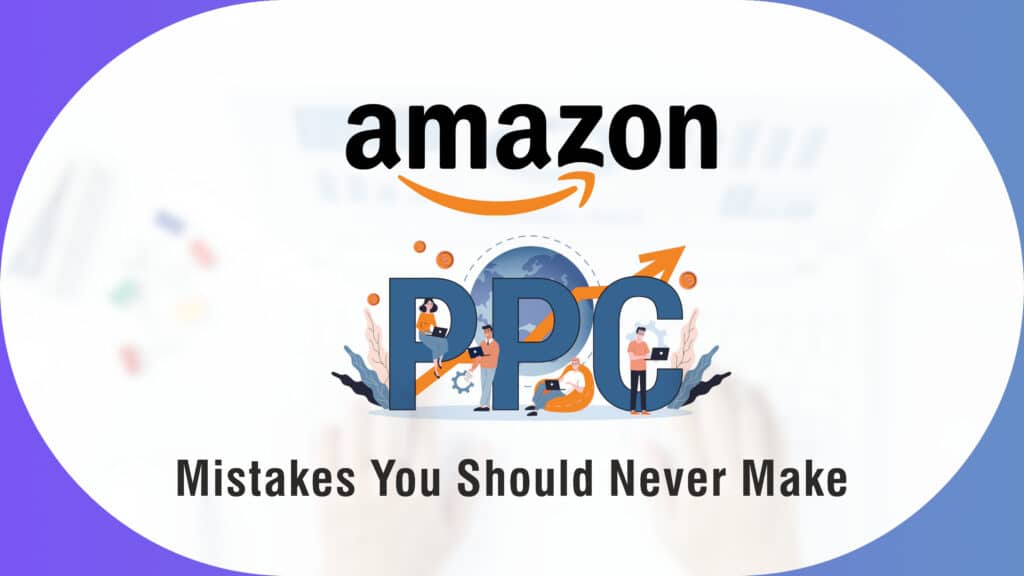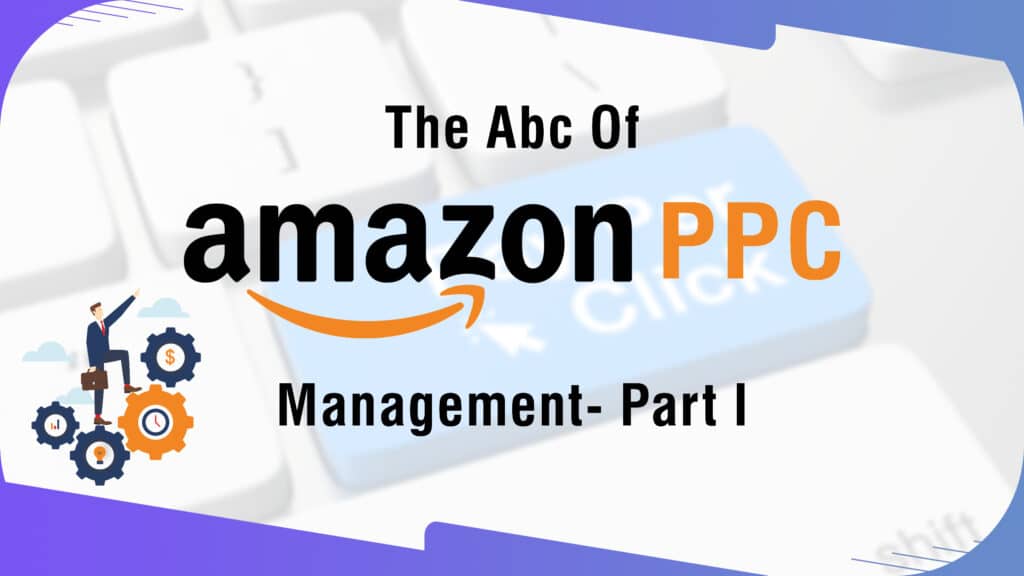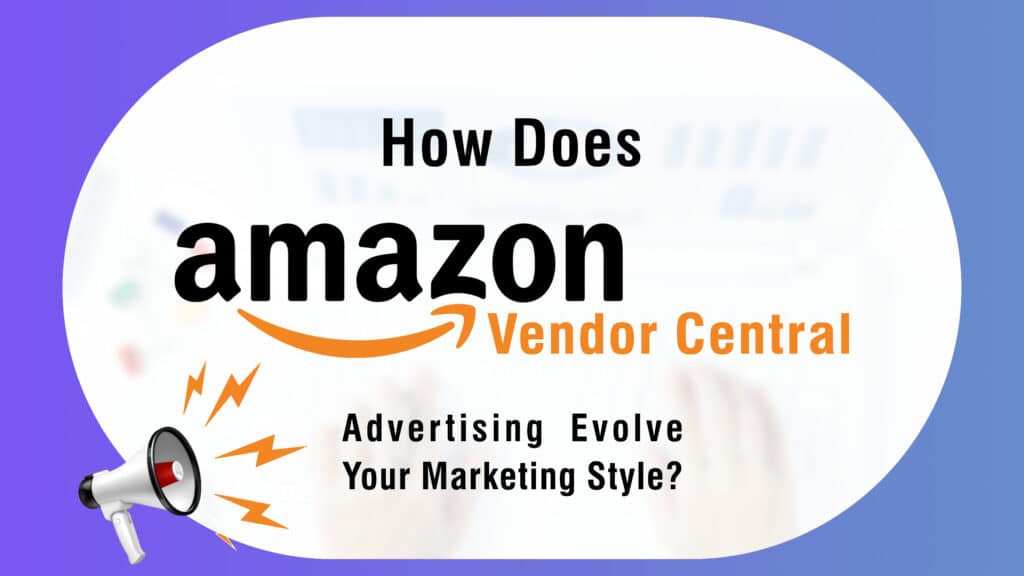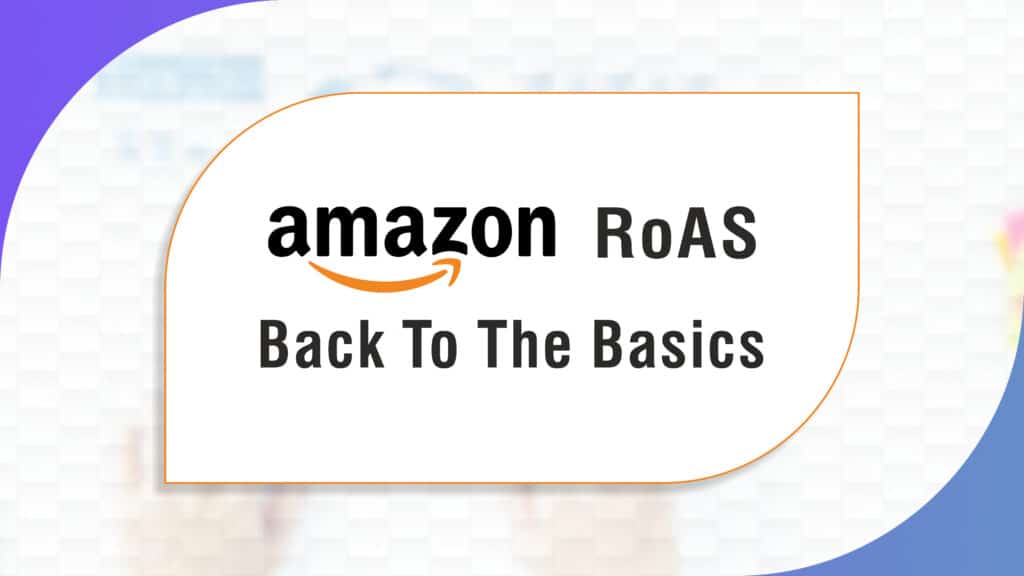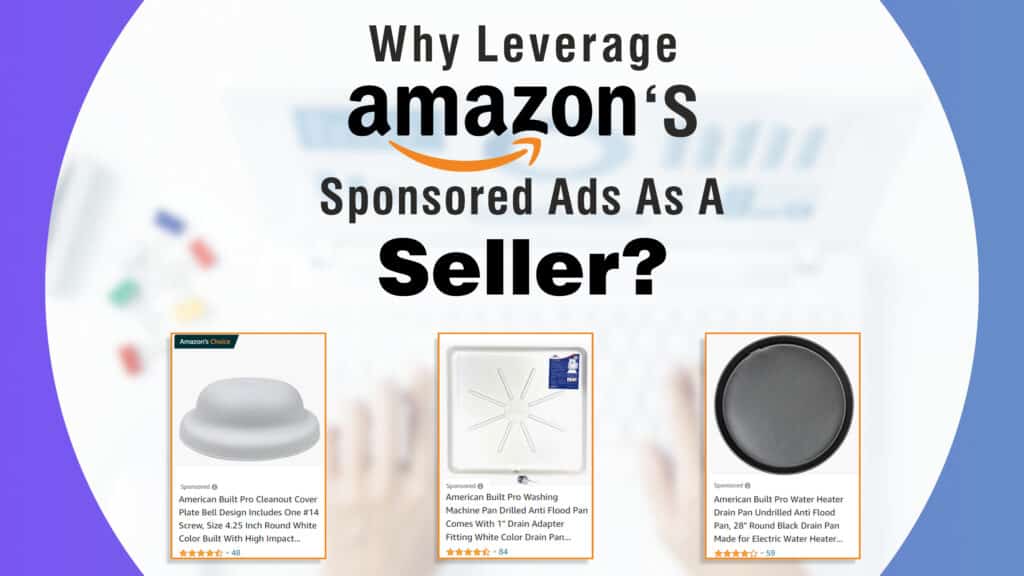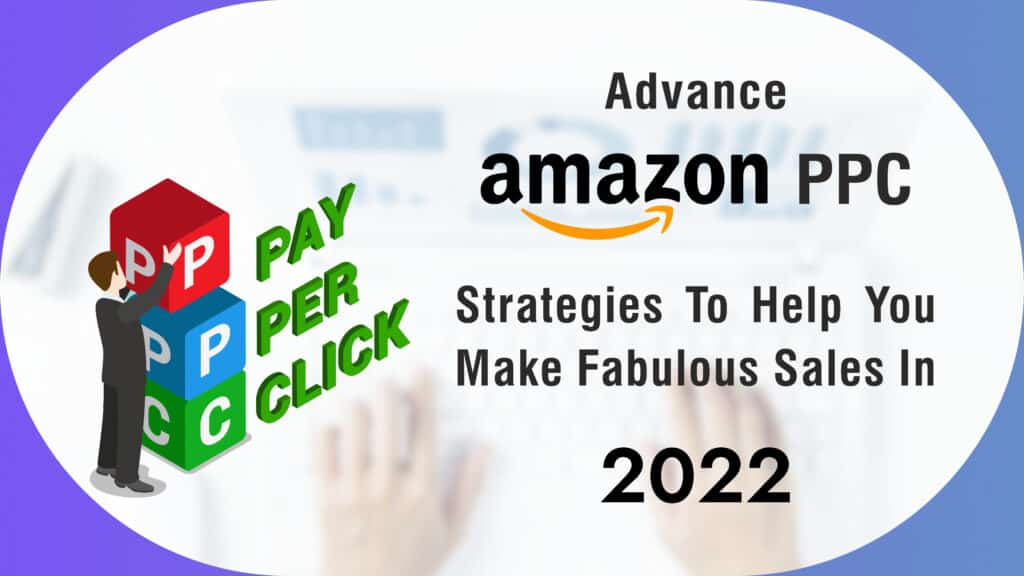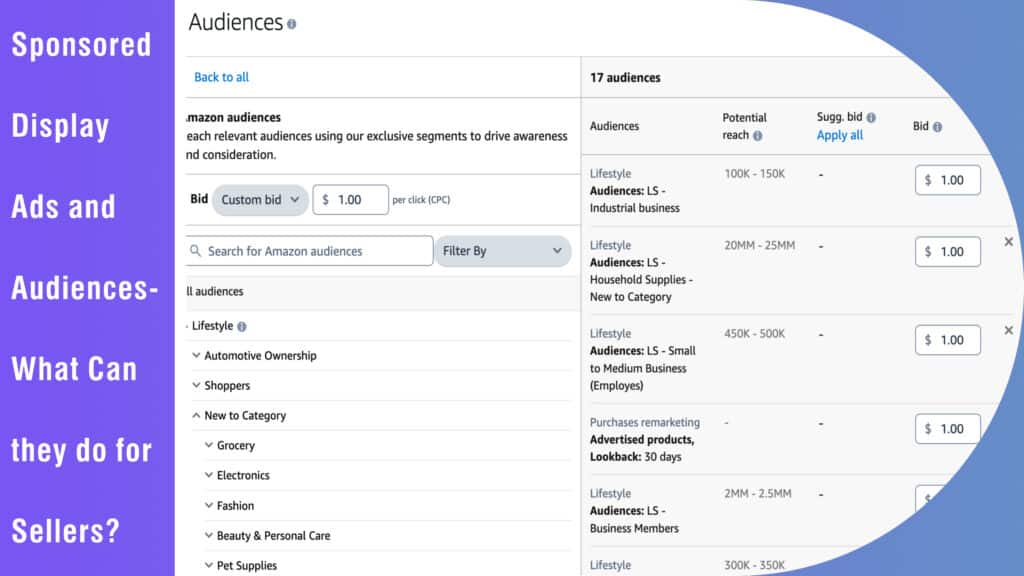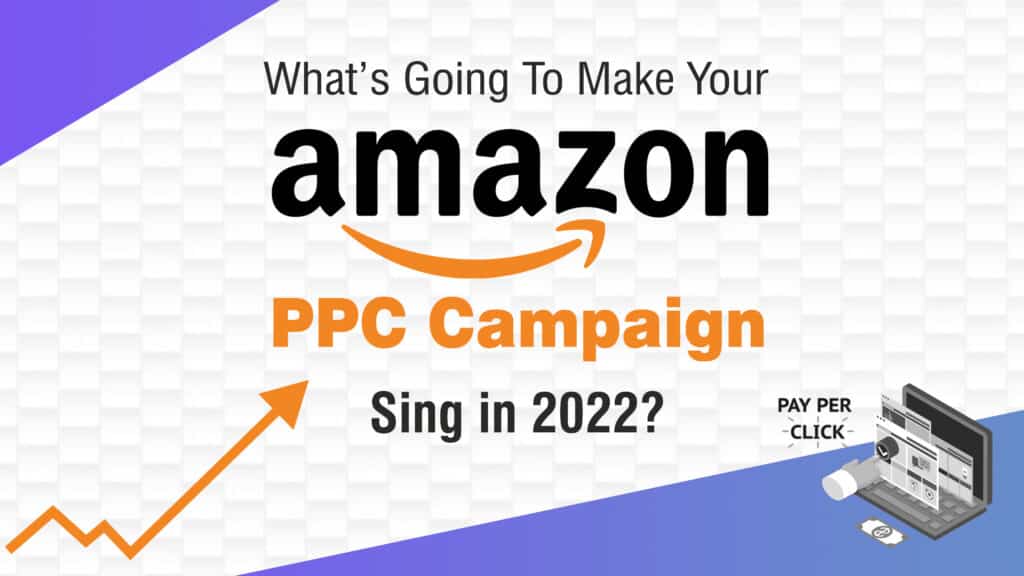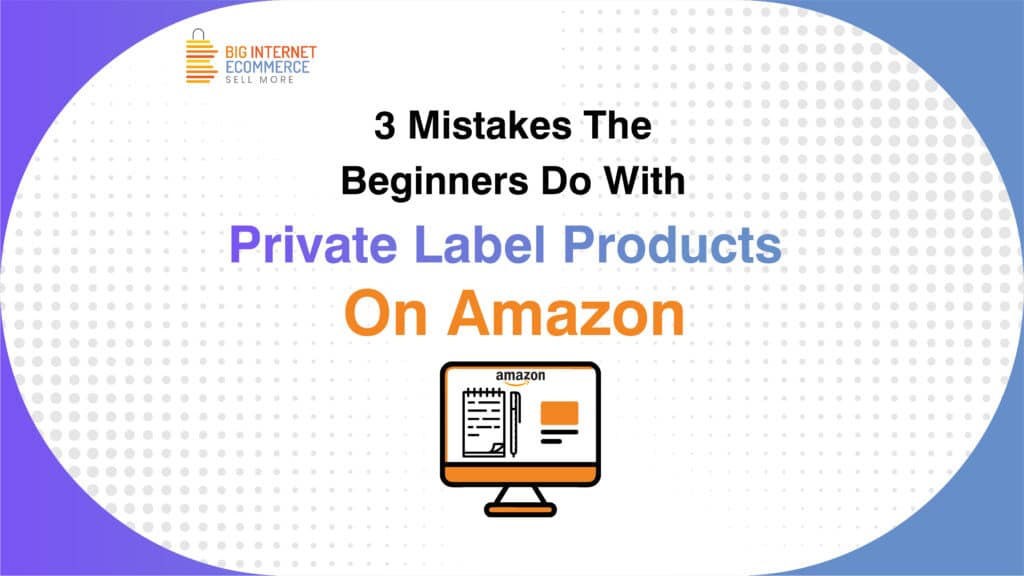Amazon PPC Mistakes You Should Never Make
When done correctly, PPC boosts sales and improves and increases brand image and awareness. As a seller or an advertiser, this proves helpful in competing harder and staying at the top. In this blog, we deliberate on the common mistakes that cripple Amazon PPC. BOOK A FREE CONSULTING CALL Are you dissatisfied with your Amazon PPC campaign results? Does it look like all the efforts- strategy, bidding, and rounds of optimization- were in vain? As significant as PPC advertising is, it’s a no-brainer that PPC is not just about creating and launching campaigns. If not careful, a few mistakes can convert cost-effective PPC campaigns to high-ACOS PPC campaigns. What are these mistakes? Let’s take a look. Eliminating poor-performing keywords too early: Amazon SEO is not the same as Google SEO, with different strategies working for them. As an Amazon seller, one should focus only on the Amazon A10 algorithm functionality and conduct keyword research to discover what customer search terms are. Keyword research is key to a PPC campaign’s real potential. An ideal keyword list should include root keywords, synonym keywords, generic category keywords, and broad keywords. For example, 1. Root Keywords: washer machine pan, washer drain pan, drain pan, etc. 2. Synonym Keywords: washer pan, washer tray, floor tray 3. Generic Category Keywords: washing machine, washer machine, drain pans, home improvement 4. Broad Keywords: washing machine pan for drainage, water pan for washing machine] Modifying Campaigns too quickly: PPC campaigns may give faster results but let’s be realistic. Like most ad campaigns, the Amazon PPC campaign takes 7-14 days to stabilize and reveal performance that may or may not require help. Moreover, most Amazon advertising reports have~ 48-hour delay.Doesn’t it then seem wise to change and adjust your campaigns ahead of time? Adjusting bids and adding or removing keywords early on gives you no time to collect valuable data, leaving you with nothing to analyze your ad performance by. Not using the correct bidding strategies: There are different bidding strategies to consider and know their differences well. Dynamic Bidding(Up and Down): Amazon increases your bid by up to 100% if the possibility of conversions is high or reduces it if the chances of conversions are low. Dynamic Bidding(Down Only): Amazon lowers your bids by up to 100% when the possibility of conversions is low, reducing your ad costs overall. Fixed Bids: Amazon will utilize your exact bid and any manual adjustments you make. There will be no changes to your bids based on the number of conversions. Not taking negative keywords into account: When your Amazon PPC ads show up for keywords other than those matching your product search term, they generate traffic and clicks without conversion. This can destabilize your ad budget. By removing negative keywords, you can increase sales by boosting campaign profitability. That too without any compromise of visibility. Not considering automatic and manual campaigns together: Automatic campaigns help you utilize Amazon’s data from where you can identify both top-performing and poor-performing keywords. Add these top-performing keywords to your manual campaigns and remove the poor ones from them to boost sales and maximize profitability. Together, they help control your ad expenditure. Irrelevant Targeting: Solely targeting broad, generic terms having extremely high search volume is unwise. It is misleading as one targets all the audience searching for an irrelevant product at certain times.By targeting broad terms, you are spending your ad budget on shoppers not interested in your product. Focussing on niche keywords prevents this and keeps your ACOS in control. Final Thoughts Optimizing your Amazon PPC is highly crucial. Sellers, whether beginners or established, can utilize PPC to boost their sales and gain a competitive edge. All one needs to remember is to do or repeat these mistakes and to monitor campaigns regularly. Or have someone like Fab On Go help you with it. BOOK A FREE CONSULTING CALL Get Free Consultation Amazon Service Management
Amazon PPC Mistakes You Should Never Make Read More »


